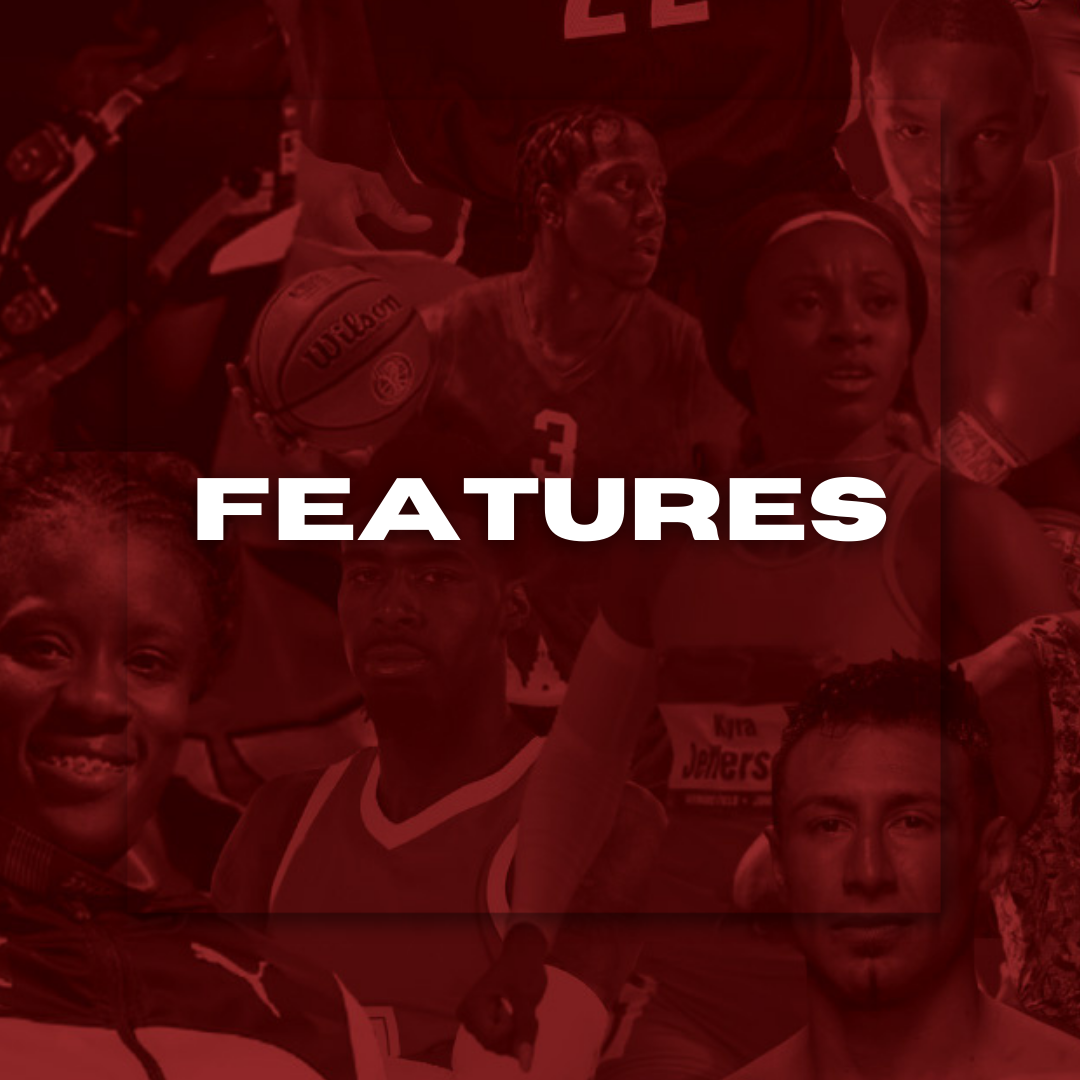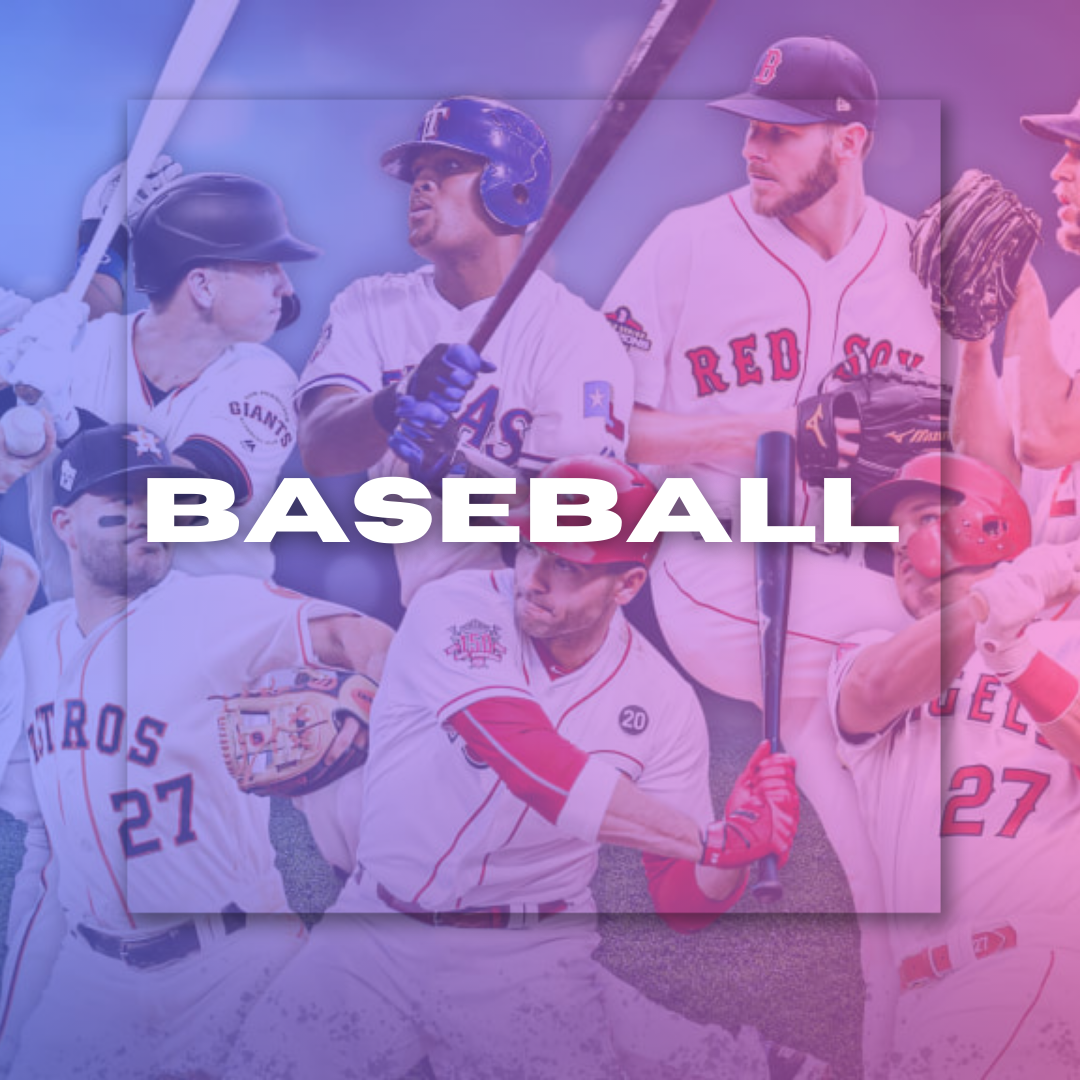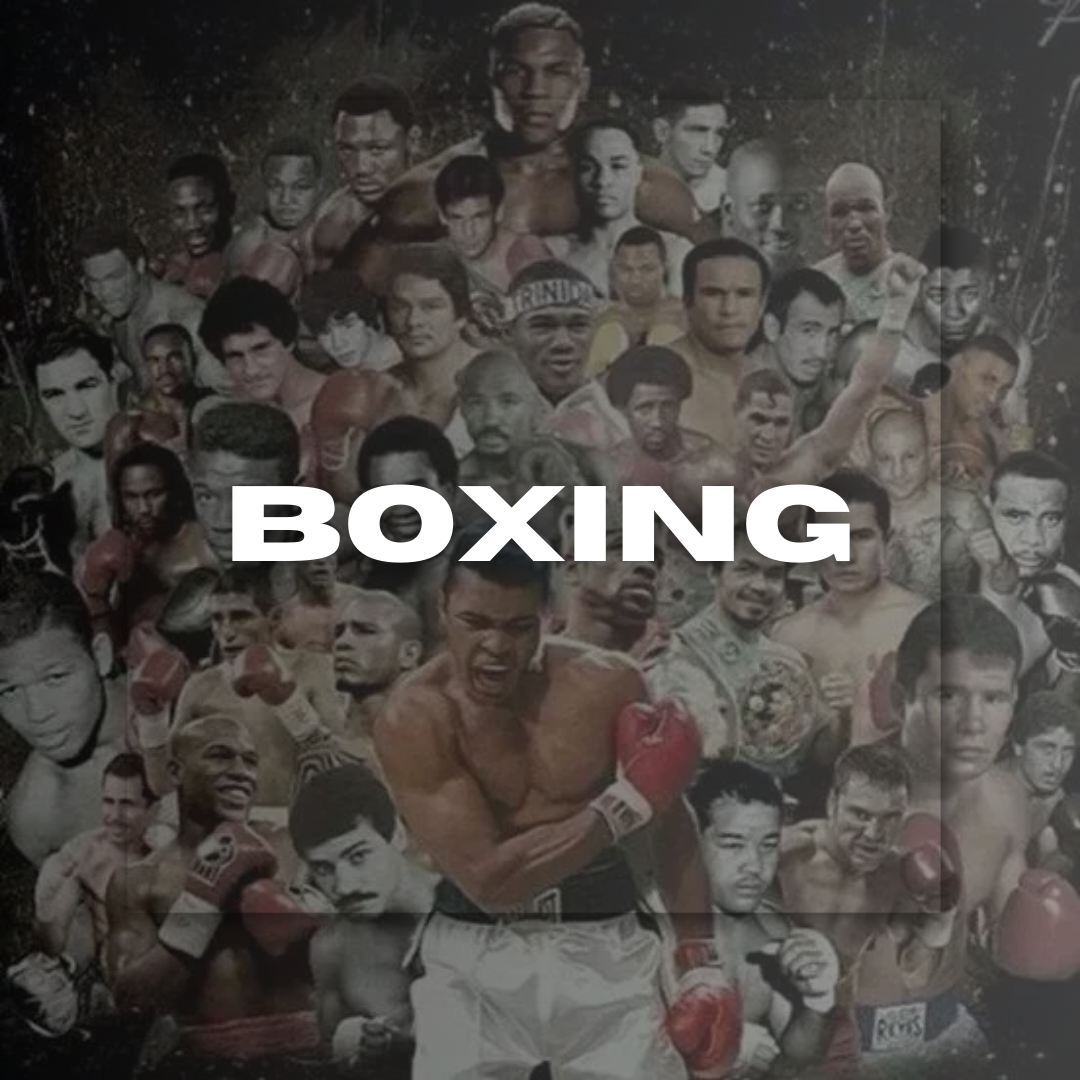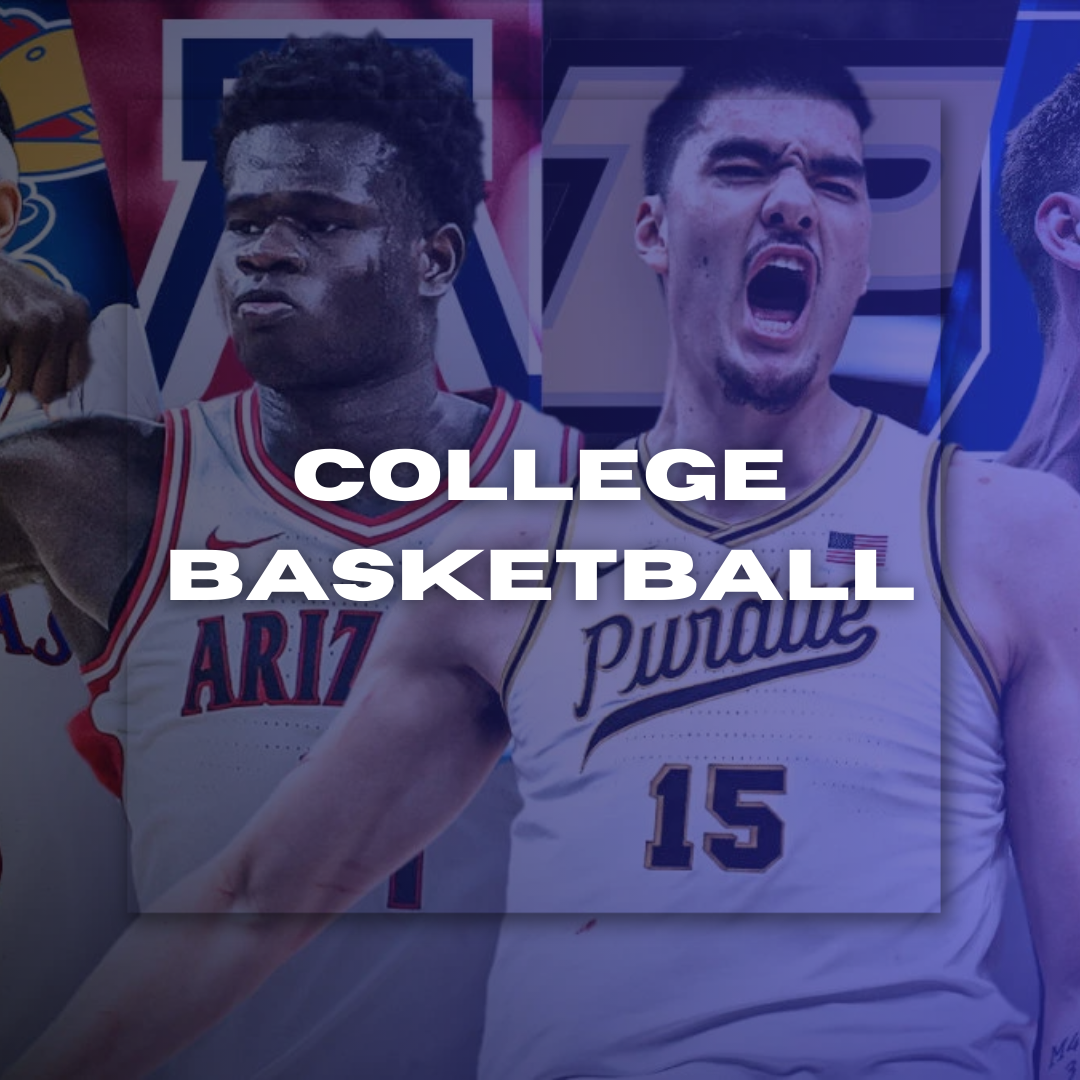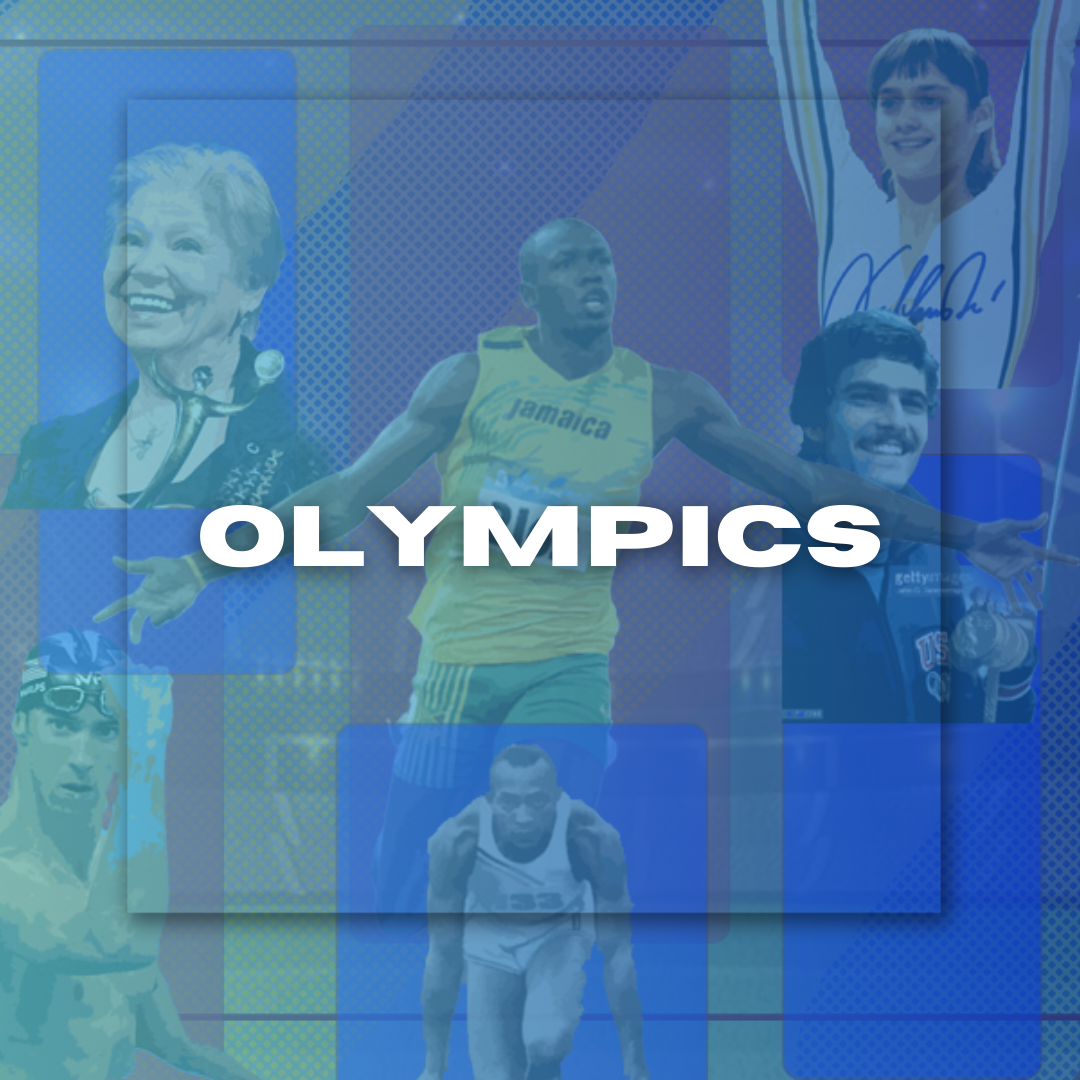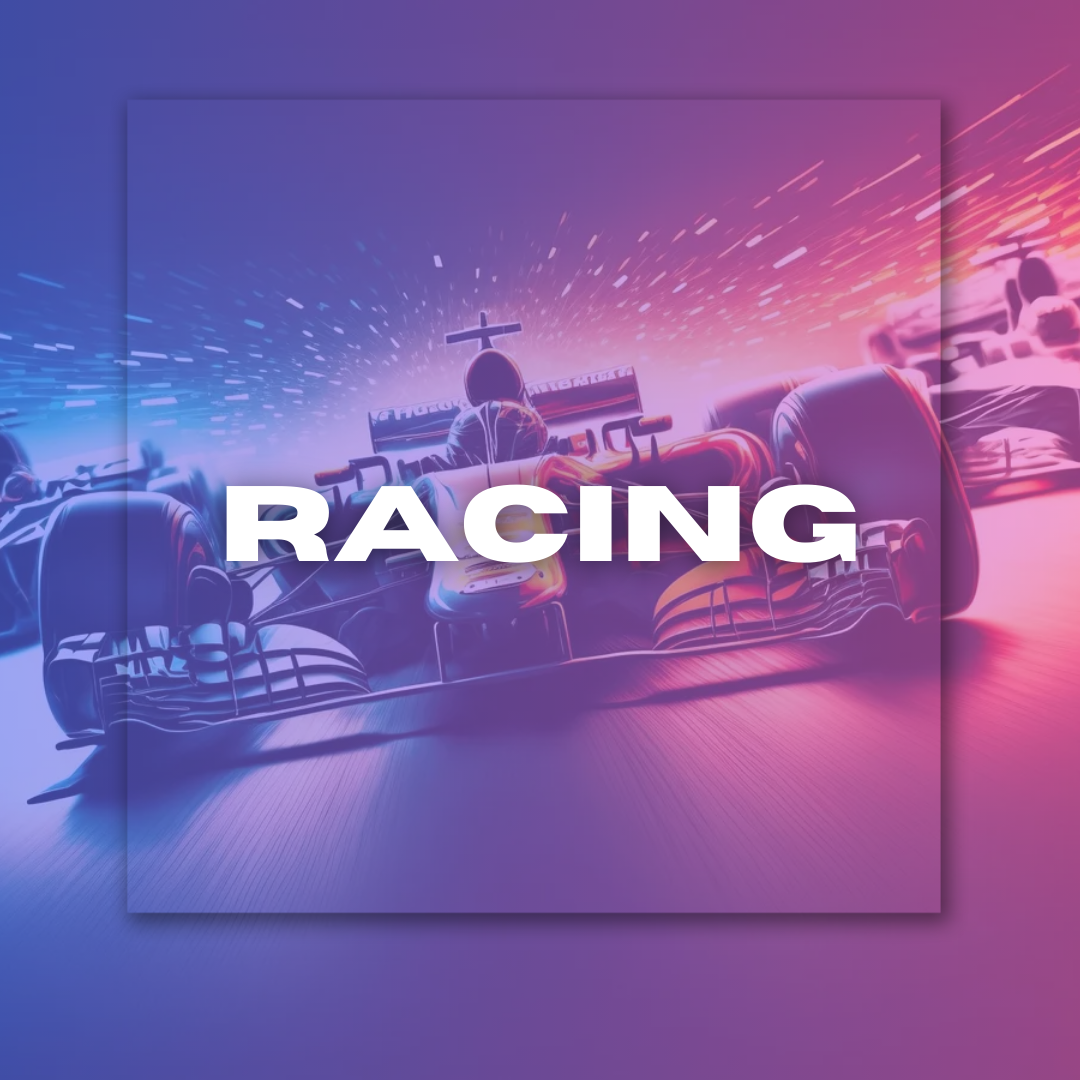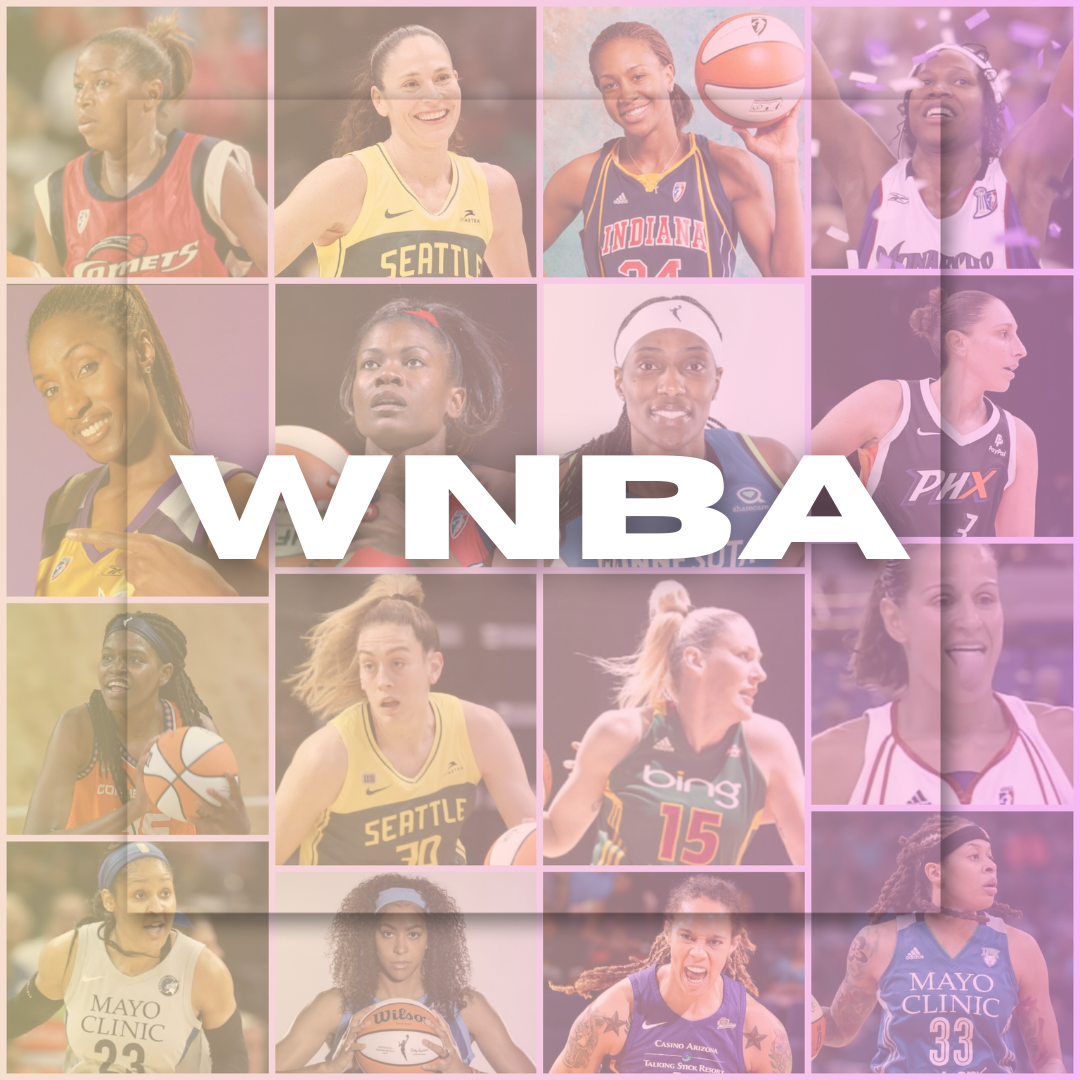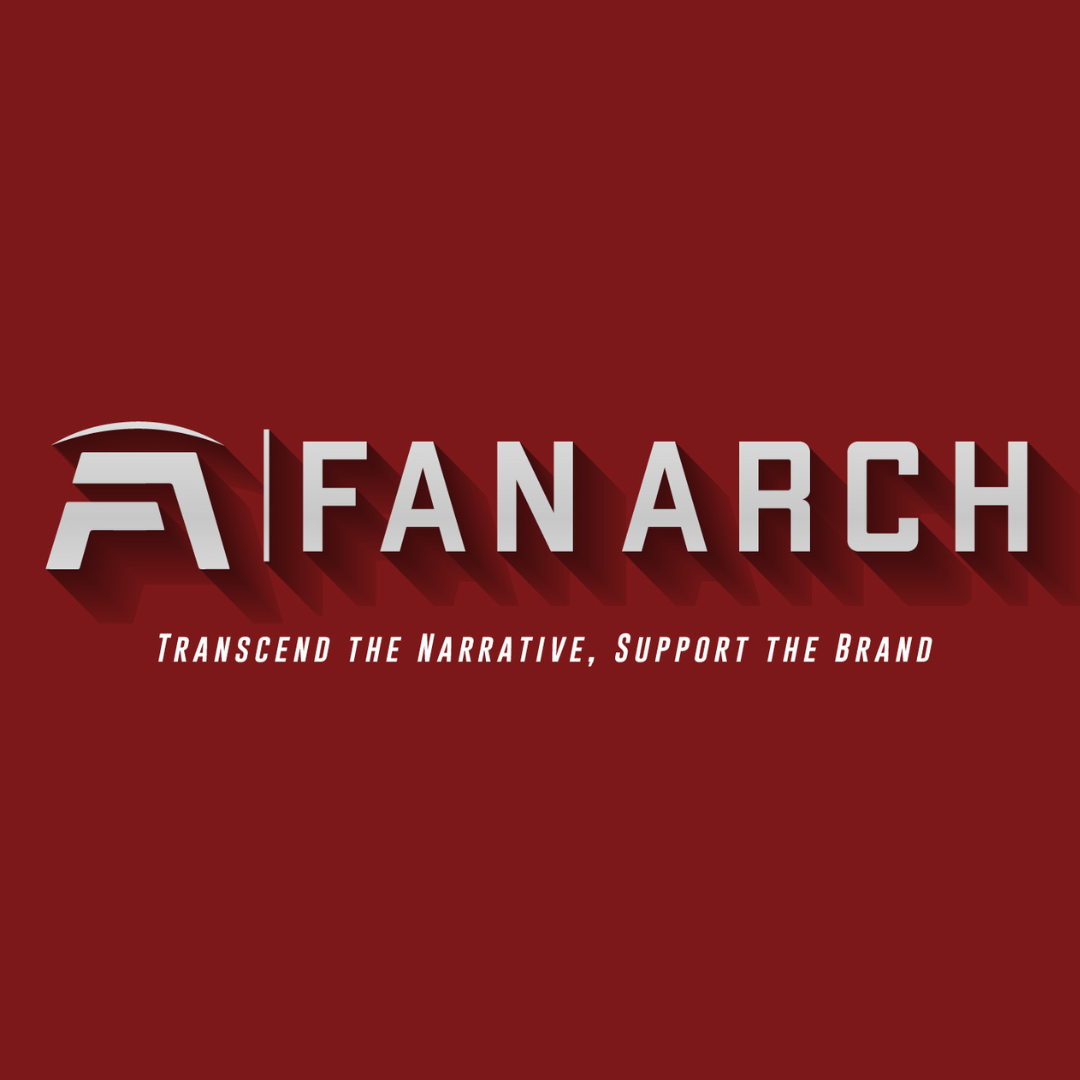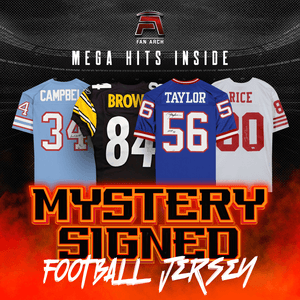
The Impact of Concussions: Are Sports Doing Enough to Protect Players?
The Impact of Concussions: Are Sports Doing Enough to Pro...
By Oliver Wiener August 08, 2024 01:47
Among the myriad of injuries that players are susceptible to, concussions stand out as particularly insidious due to their potential for long-term cognitive and neurological damage. As awareness of the severe implications of concussions grows, questions arise about the adequacy of measures in place to protect athletes across various sports. This piece seeks to examine the impact of concussions on players and the current protective measures implemented by sports organizations and critically assess whether these efforts are sufficient in safeguarding the well-being of athletes.
A Concise Look at Sports and the Risk of a Concussion
A concussion typically occurs when you receive a blow to the head and cause your brain to shift around within the skull, damaging blood vessels, nerves, and tissues.
It is a mild traumatic brain injury (TBI) resulting from the sudden force of a jolt or blow to the head that causes your brain to move and collide with layers and ridges inside the bony skull. This fast motion may cause a change in the chemicals of the brain, which can ruin some parts of your cells. Although concussions are most often linked to contact sports where athletes can collide or have hard hits from players, as in football and rugby, they also happen during non-contact activities such as running a fall, swimming giant splash, or gymnastics a landing.
Concussions in Various Sports
Concussions are a major issue in many sports, especially those where the risk of physical contact is high. An estimated four million sports-related concussions occur each year in the USA, with athletes aged 7 to 19 experiencing the greatest number of incidences.
High levels of concussion injuries are being reported in many sports, including American football, rugby, and ice hockey, as well as soccer & wrestling. Similarly, broader awareness of the dangers of concussions has raised a wide eye on safety protocols in youth as well as players at the professional level.
Concussions may have short and long-term effects. Immediate symptoms include headaches, disorientation or confusion, dizziness, nausea, and difficulty concentrating. The symptoms can last from days to weeks and, in some cases, for months, even more.
Long-term consequences can be even worse, especially if it leads to chronic traumatic encephalopathy (CTE), which is a degenerative brain disease associated with repeated hits to the head. These neuropsychological deficits may be more profound in adolescents following a concussion than when they occur in adults, and this can lead to long-term concerns over potential cognitive health.
Existing Precautions for Sports
In response to the risks of concussions, several sports organizations have developed standardized evaluation and management procedures.
Coaches and medical personnel are trained to identify signs of concussion during games or at practice. Once an athlete is suspected to have a concussion, they are removed from the game and should not return until cleared by a health care professional.
After a concussion diagnosis, athletes need to regain almost normal performance on the field of play recursively and gradually through physical rest, nothing beyond light exercise; cognitive rest limits performance in activities that require school work or high-level attention capabilities before restarting certain types of classroom activities that demand concentration and understanding.
Safety Gear and Technological Advancements
Advancements in protective gear have also reduced the number of concussion incidents. Newer versions of helmets for contact sports have more padding, and the shells are even made from better shock-absorbing materials to decrease the speed of head movements. Research indicates that wearing helmets does reduce the risk of skull fractures or other serious head injuries, but it can not fully protect from concussions. More advanced innovations like mouthguards with integrated sensors that report impact forces aim to provide real-time indications of where players could be developing a concussion.
Concussion Prevention and Treatment Policies
Concussion management has spurred sports organizations to reevaluate their return-to-play procedures. For example, the National Football League (NFL) and NCAA have put thoroughly crafted concussion protocols into place that include education for players/coaches, along with stringent guidelines on when someone can return to play. However, the policies have mixed effectiveness, and enforcement has proven tough, especially at youth and amateur levels.
Current Safety Measures Reduced Impact
Assessment of the Current Safety Measures
Overall, increased awareness and reporting of concussions as a result of current safety measures; however, their impact on reducing incidence rates is still controversial. Research suggests concussion education programs, including the CDC's Heads Up initiative, are associated with increased knowledge and more positive attitudes among coaches toward concussion management. Unfortunately, sustained behavior change has been difficult to achieve from this type of insight, for instance, the withdrawal of injured players.
Gaps and Improvement Areas Detected
While we have come a long way, important aspects of concussion management still lag behind the state-of-the-art in other areas. For many coaches and athletes, there is also never comprehensive training to recognize symptoms of concussion, and players are reluctant to report injuries because they are often afraid it will keep them from playing the game or maintaining their desired position. Moreover, differences in concussion protocols between sports and levels of play can result in a lack of continuity and incomplete protection for athletes.
Insights from Athletes, Coaches, Medical Staff, and Sports Authorities
Regardless of the cause, feedback from across most stakeholder groups suggests that when it comes to concussions, lack of awareness and education leads is at the root. Players worry about injuries, unwritten rules on fasting, and the pressure to play while injured, while coaches are concerned that they need more training. The medical experts stressed the need to follow evidence-based protocols and called for further training and education of all those associated with youth sports.
Responsibility of Sports Organizations and Governing Bodies
Sports organizations and governing bodies should not sit on their hands when it comes to the risk of concussions. These efforts include championing the research of concussion prevention strategies, advocating for policy shifts to make player safety paramount, and working collaboratively with the medical community to ensure best practices are implemented. Sports organizations can help protect athletes from the life-changing impact of concussions by creating a culture that encourages safety and accountability.
The current safety measures have brought awareness and positive direction in management protocols, but significant gaps still exist. Sports organizations can protect our players and mitigate concussion risks through robust education, consistent protocols, and embracing a safety culture. The health and well-being of athletes must always be the number one priority. Therefore, greater efforts are needed to make sports safe for all.
LATEST
- NEWS
- |
- ARTICLES
- |
- VIDEOS

























































